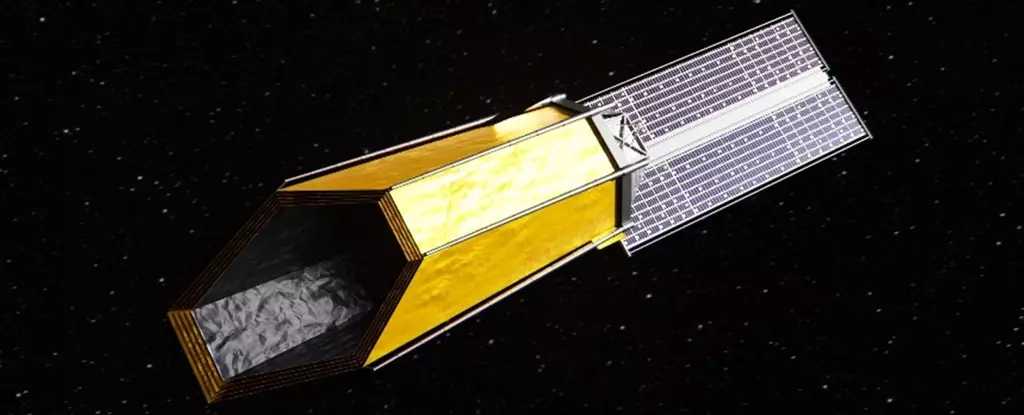NASA is embarking on an exciting new venture with the development of the Habitable Worlds Observatory (HWO), a telescope designed to hunt for habitable worlds beyond our own. This ambitious project is still in its early stages, but plans to directly image Earth-like planets around stars similar to our Sun are already in the works. The mission also aims to analyze the atmospheres of these planets for chemical signatures that could indicate the presence of life. With the goal of launching this groundbreaking telescope at least a decade away, NASA has begun awarding contracts to three companies to begin research on the technology needed for this mission.
The development of the Habitable Worlds Observatory poses several challenges, including the need for next-generation optics, advanced mission designs, and innovative telescope features. The technologies required for this mission are highly complex, such as a coronagraph capable of blocking out light from the host star and an ultra-stable optical system that can remain stationary to the accuracy of the width of an atom during observations. Despite these challenges, NASA is confident in the capabilities of the selected companies to deliver on this project.
In January of this year, NASA requested proposals from companies to drive the necessary technological advancements for the Habitable Worlds Observatory. Following a rigorous selection process, three proposals were chosen for two-year fixed price contracts totaling $17.5 million. While this may seem like a substantial investment, the potential impact of this telescope on our understanding of the universe is invaluable. Compared to the $16 billion cost of developing and launching the Hubble telescope, the investment in the HWO project is relatively modest.
The selected companies, BAE Systems, Lockheed Martin, and Northrop Grumman, will each play a crucial role in the development of the Habitable Worlds Observatory. BAE Systems will focus on delivering an ‘ultra-stable’ optical system that far surpasses current capabilities. Lockheed Martin will develop the integrated modeling infrastructure needed to navigate and compare design interdependencies, while Northrop Grumman will advance technologies to support telescope operations. These advancements will pave the way for the next phase of the HWO development and ultimately support the mission’s success.
While the Habitable Worlds Observatory is a new and ambitious project, NASA is not working on it in isolation. The agency’s past experiences with projects such as the James Webb Space Telescope and the future Nancy Grace Telescope will inform and guide the development of the HWO. By leveraging the knowledge gained from previous missions, NASA aims to optimize the design and implementation of the Habitable Worlds Observatory to maximize its scientific potential.
The Habitable Worlds Observatory represents a significant step forward in the search for extraterrestrial life and the exploration of habitable worlds beyond our solar system. With the combined efforts of NASA and its industry partners, this groundbreaking telescope has the potential to revolutionize our understanding of the universe and unlock new insights into the possibility of life beyond Earth.


Leave a Reply